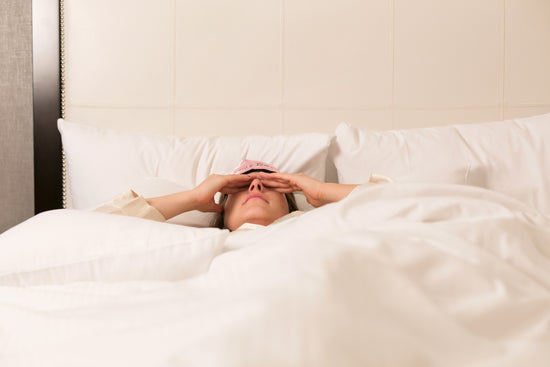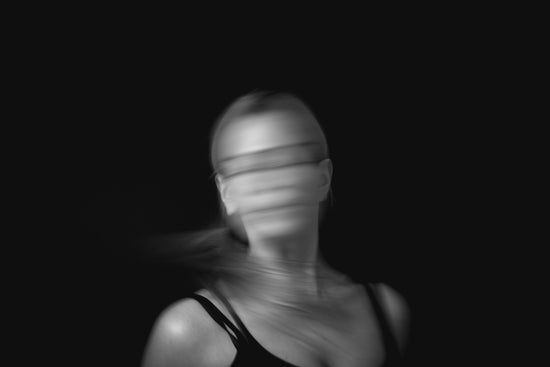DEPRESSION, ANXIETY, AND CHRONIC PAIN
Depression is a mood disorder that involves persistent feelings of sadness, hopelessness, and loss of interest or pleasure in activities that were once enjoyable. 85% of people with chronic pain are affected by severe depression, while up to 60% of people with pain will struggle with anxiety.
Anxiety, is a condition characterised by excessive worry or fear about future events or situations. Symptoms of anxiety may include feelings of restlessness, irritability, difficulty sleeping, and physical symptoms such as rapid heartbeat, sweating, and trembling.
While depression and anxiety are distinct conditions, they often occur together
and also share brain pathways and mechanisms with chronic pain. Depression,
anxiety and pain are treatable conditions.
The great news is that often treating one will also help relieve the symptoms of the others!
Just as with pain, getting a diagnosis is important, so if you are worried
about your mood, or think you might be anxious, and if these symptoms have been
present for more than 2 weeks, speak to a member of your treatment team.
HOW DOES DEPRESSION AND ANXIETY AFFECT CHRONIC PAIN?
Depression and anxiety can influence chronic pain:
-

POOR SLEEP
Depression and anxiety can interfere with sleep, leading to fatigue, irritability, poor coping and more pain.
-

POOR SELF-ESTEEM & LOW SELF-EFFICIENCY
Depressed mood and anxiety can make you feel as if there is just no hope, as if there is nothing that you can do to help yourself, and as if you are not worth any help anyway. This leads to feelings of helplessness and hopelessness, which makes pain worse.
-

INCREASED EMOTIONAL DISTRESS
Chronic pain can be a source of emotional distress, and depression and anxiety can further exacerbate these feelings. This can lead to a cycle of pain, distress, and emotional dysregulation that can be difficult to break.
If you have been feeling like this for more than two weeks, GET IN TOUCH!
If you are in urgent need of assistance or you are accessing our website outside of office hours and would like to talk to someone about your mental health, please reach out to the following emergency helplines:
Suicide Crisis Helpline: 0800 567 567
Cipla Mental Health Helpline: 0800 456 789
(SMS 31393)
Adcock Ingram Depression & Anxiety Helpline: 0800 70 80 90
Life Path Emergency Number: 072 7900 506
Depression and anxiety can significantly impact an individual's experience of chronic pain, making it more difficult to manage and interfering with overall quality of life.
It is important that your pain management team should address your physical and mental health needs. Treatment for depression and anxiety can help reduce pain, and treatment of pain can improve depression and anxiety, but specialist
intervention may be necessary.
Here's how exercise can help:
1. Release happy hormones:
20 minutes of any kind of exercise at 60% of maximum effort stimulates your brain to release your happy hormones – the natural mood boosting chemicals in your brain.
2. Deep breathing reduces stress and anxiety:
By exercising, you help your body to
breath deeply, and deep breathing helps treat anxiety and stress by reducing cortisol (stress hormone) and increasing the amount of calming chemicals in your brain.
3. Improves Sleep:
Exercise, specifically exercising outside in the sunshine, has been shown to help reset our sleep-wake patterns, improve our ability to fall asleep, and improves the quality of sleep.
4. Provides a sense of achievement and success:
Exercise can help improve self-esteem by providing a sense of accomplishment and satisfaction. As you see improvements in your physical health, you will start to feel better about yourself, and start believing in your own abilities again.
5. Promotes Social Interaction:
Exercising with others helps reduce feelings of loneliness, isolation and worthlessness. Having someone to meet up with also helps with motivation and accountability.
Starting an exercise program when you are feeling depressed or anxious can be hard.
Contact one of our therapists, or try one of our movement programs to get you started!








